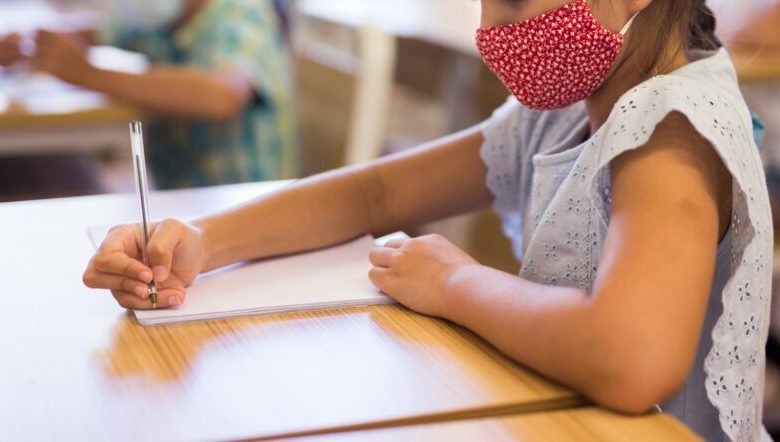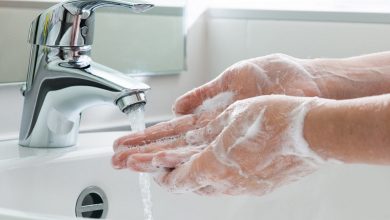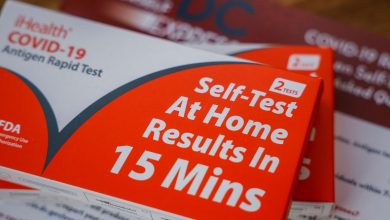CDC expected to ease Covid-19 recommendations, including for schools, as soon as this week

The US Centers for Disease Control and Prevention is expected to update its guidance for Covid-19 control in the community, including in schools, in the coming days, according to sources familiar with the plan.
A preview of the plans obtained by CNN shows that the updated recommendations are expected to ease quarantine recommendations for people exposed to the virus and de-emphasize 6 feet of social distancing.
The agency is also expected to de-emphasize regular screening testing for Covid-19 in schools as a way to monitor the spread of the virus, according to sources who were briefed on the agency’s plans but were not authorized to speak to a reporter. Instead, it says it may be more useful to base testing on Covid-19 community levels and whether settings are higher-risk, such as nursing homes or prisons.
The changes, which may be publicly released as early as this week, were previewed to educators and public health officials. They are still being deliberated and are not final.
In a statement to CNN, the agency said, “The CDC is always evaluating our guidance as science changes and will update the public as it occurs.”
As part of the expected changes, the CDC would also soon remove a recommendation that students exposed to Covid-19 take regular tests to stay in the classroom. The strategy, called “test to stay,” was recommended by the agency in December, during the first Omicron wave, to keep unvaccinated kids who were exposed but didn’t have symptoms in the classroom instead of quarantining at home.
Test-to-stay was resource-intensive for schools, and some districts had voiced concerns about having enough money to continue, one source said.
In schools and beyond, the agency will no longer recommend staying at least 6 feet away from other people as a protective measure. Instead, the new guidelines aim to help people understand which kinds of settings are riskier than others because of things like poor ventilation, crowds and personal characteristics like age and underlying health.
The CDC is also set to ease quarantine requirements for people who are unvaccinated or who are not up to date on their Covid-19 vaccines. Currently, the agency recommends that people who aren’t up to date on their shots stay at home for at least five days after close contact with someone who tests positive for Covid-19. Going forward, they won’t have to stay at home but should wear a mask and test at least five days after exposure.
People who are sick with Covid-19 should still isolate, the agency is expected to say.
The agency also plans to re-emphasize the importance of building ventilation as a way to help stop the spread of many respiratory diseases, not just Covid-19. It plans to encourage schools to do more to clean and refresh their indoor air.
Sources say the tweaks reflect both shifting public sentiment toward the pandemic — many Americans have stopped wearing masks or social distancing — and a high level of underlying immunity in the population. Screening of blood samples suggests that as December, 95% of Americans have had Covid-19 or been vaccinated against it, reducing the chances of becoming severely ill or dying if they get it again.
The CDC’s recommendations are not legally binding. Many cities, states and school districts will review them but may ultimately follow different strategies.
One example of this is masks in schools.
More than 200 million people — about 60% of the total population — live in a county with a “high Covid-19 community level” where the CDC warns of a risk of strain on the health care system and recommends universal indoor masking.
Yet most schools have kept masks optional for students this year. Among the top 500 K-12 school districts, based on enrollment, about 98% do not require masks, according to the data company Burbio’s school policy tracker.
Still, the agency’s guidance continues to be important as a baseline. When cities or states try to go beyond what the CDC recommends, they may face pushback.




